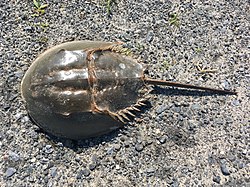Early Education and career

Brockmann has a B.S. from Tufts University (1967) and an M.S. from the University of Wisconsin–Madison (1972). [1] She earned her Ph.D. from the University of Wisconsin in 1976, [2] and then took a position at the University of Florida as an assistant professor. In 1989, Brockmann was promoted to professor. [3] In 2011, she became the first faculty Emerita of the biology department at the University of Florida, [4] and there was a symposium given in her honor. [5]